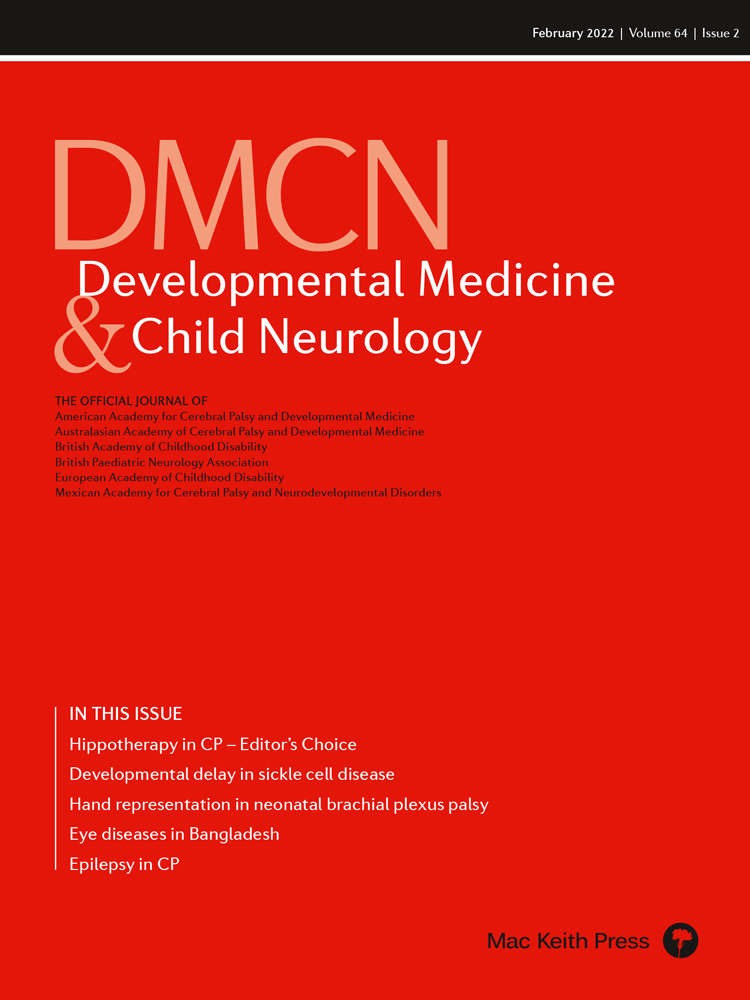Cerebral palsy and epilepsy: a health informatics approach
Abstract
This commentary is on the original article by Szpindel et al. on pages 259–265 of this issue.
Cerebral palsy (CP) and epilepsy are two of the most common neurological disorders in childhood worldwide. Szpindel et al.1 use linkage of a CP registry to routine health administrative data to compare the prevalence of epilepsy in children with CP to peer controls and examine difference in their health care utilization (HCU). This is a timely study given the paucity of HCU information on children with CP within the published literature and the increasing need to determine HCU among children with complex medical conditions to guide policy that ultimately leads to improved care and quality of life of patients and their caregivers.2 Ideally, country-specific data are needed to inform policy given potential variations in the epidemiology of conditions and health services amongst countries.
The health informatics approach adopted by the authors has increasingly benefited from targeted calls from major research funders such as the UK Medical Research Council and the US National Institutes of Health. The benefit of the approach was well demonstrated recently in the Early Pandemic Evaluation and Enhanced Surveillance of COVID-19 Study (EAVEII) in providing robust real-world and early information on clinical features, risk factors, and the frequency and effectiveness of interventions including vaccines.3 Proponents of the approach will highlight the benefits of such studies to include relatively larger sample sizes (sometimes in the millions), better value for money, and shorter completion times compared to traditional studies that rely solely on primary data collection. Those that find the approach less appealing may draw parallels with the computer term GIGO (garbage in, garbage out) and point to the potential lack of detailed granularity of clinical features of conditions, missing data, and concerns about the accuracy of coding.
In addition, there can be substantial challenges in identifying and obtaining access to suitable cohorts amongst the number of available data sets, although steps are being made to address this (https://www.hdruk.ac.uk/news/hdruk-launches-transformational-new-search-functionality-cohort-discovery/). Thus, the need for validation of diagnoses is paramount, particularly in conditions such as epilepsy in which misdiagnosis/miscoding is not uncommon.4 There is less concern about CP diagnosis in the study as these are obtained from a prospective, population-based, patient-specific registry. The prevalence of childhood epilepsy in the non-CP population in the current study is higher than that reported in other countries with arguably similar population sociodemographic characteristics and access to health care,4 raising questions whether there was inaccurate coding or that this is a true country-specific increased prevalence. To mitigate against the former, the authors used well-validated algorithms with high positive predictive value ranging from 82% to 92%. Readers must take these factors into account when interpreting the findings of this paper.
Even if there has been some miscoding, the study findings point strongly towards children with CP and coexisting epilepsy being of increased complexity and having increased HCU – factors that should be borne in mind when service planning. With the prevalence of epilepsy in CP so high, the study also suggests that clinicians taking care of children with CP should be competent in diagnosis and management of epilepsy. It will be of major interest to see from this cohort and/or similar such cohorts whether there is also increased educational and/or social requirements. This could be addressed through extension of the methods used in this paper, to include linkage of health data to relevant databases.5




